Virtual School Creates Challenges for Everyone
Kaitlyn Baker acknowledged that virtual school was challenging, but it did give her more flexibility with her daily schedule.
February 25, 2021
A lot of new things were introduced to us in the year 2020, one of which was virtual school. Most years, when schools had to close due to sickness or weather, the school would make it a non-school day, or a non-traditional instruction day. Virtual school was unlike NTI days of the past where students primarily completed review assignments independently. A virtual school day, however, consists of a set schedule where virtual class meetings are held, supplemented with video lessons, and much of the work is done more independently by students.
This year school for Scott County students has been completely virtual for all students and teachers at times, with periods of with some students and teachers teaching and learning at school, while others remained on the virtual school option. With the school year being different from our traditional ways of school, virtual learning has changed the year for both students and teachers in positive and negative ways.
Students and staff at Great Crossing High School have been affected by virtual school. Some of the teachers designated as full time virtual teachers for the year have had to take on more or less classes and students than in a typical year. Tiffany Gook, GCHS biology teacher stated that, “I still only have 5 class periods with one period of planning. However, my student numbers are much higher in those class periods than I would have if they were in person. I have almost double the number of students this year than I had last year.”
Learning has become a lot more challenging for some students of all ages due to virtual schooling. Alex Patton, a former student at Georgetown College, said “Keeping my grades up is much harder. I am one of those hands-on learners, so I always did well with labs and demonstrations. Zoom meetings are the worst for me, because there is nothing for me to physically work with. Teachers put everything on google docs so it’s hard for me to follow along.”
One of the other challenges are grades. For some virtual students and teachers, virtual class meetings are a new concept, and it is quite different from their experiences with in-person classes. For some virtual teachers, grading has been more difficult than previous years before with traditional in-person school.
GCHS virtual math teacher Heidi Little commented that “It simply takes longer to go through google classroom submissions than it does to walk around a classroom and check homework. Couple that with the fact that I have to give feedback individually, even if everyone is making the same mistake… Math is especially hard to correct without being able to physically write down the numbers and symbols.”
Students and teachers have both had to make adjustments on how they submit and grade work. Some virtual teachers now have to put their assignments on websites through links and grade short responses to make sure their students are fully grasping the material.
Some teachers are finding this more helpful. Gook mentioned that, “Grading is definitely different this year. One of the benefits has been that there are some programs that will grade student assignments for me- such as quizziz, edpuzzle, and google forms.
In response to grading adjustments, Ambria Roberts, English 2 and English 3 teacher at Great Crossing High School also added that “I have learned to utilize electronic comment features in multiple programs rather than my normal, ‘old-school’ red ink pen on paper.”
Along with students struggling with learning, some teachers are struggling to teach virtually. For some teachers, teaching lessons virtually are significantly harder because they are unable to easily help students with the difficult questions they have. Zoom meetings have to be scheduled,and everything must be planned out so it is virtually accessible. Gook commented that “It is so much harder to teach virtually than in-person. In person, I can build positive relationships with students that help us both succeed in furthering their education. It is so much harder to build those relationships across Zoom or Remind.”
Some teachers and students find zoom meetings easier than in-school classes because of their personal schedules. Students aren’t required to show their faces in some classes, and are expected to be muted until they need to speak, and this allows for the student to multi-task and do other things while participating in their zoom meetings.
However, other teachers and students prefer in-person classes to virtual ones. In-person school has a better schedule, and usually has the same time everyday, which helps the student or teacher have a better idea of what their day will look like. In-person school is also a lot more convenient in some ways. If a teacher needs to print copies or get a certain book, they have access to the school printer and library. As for students, they can ask their teachers questions and get a clear face-to-face answer that can be thoroughly explained if the student is confused.
Along with grade and grading changes, some virtual students and teachers are struggling with their schedules. They have zoom meets at a specific time, and that part is scheduled. However, turning in homework for students can be an issue because they can easily forget about the deadline. They don’t have a guiding teacher in front of them to remind them everyday to get their homework turned in. Teachers now use Remind and other contact forms to inform students about their work, but this way is always uncertain, especially if the students don’t reply.
However, Kaitlyn Baker, a senior virtual student at Great Crossing High School, said that virtual school has made her schedule more flexible. She stated “I am able to do work at my own convenient hours, which are mostly in the afternoon and evening when I’m not busy. I like that I can work on what I need to whenever I am able.”
As for teachers, they may struggle with the pile on of work that this new and different school year has brought about. This can cause some teachers to work outside of school hours to try and get caught up.
Little mentioned that “I found myself having a lot of trouble working during the school day, and i’d be grading papers and contacting students at 11PM…I try my best to put my work up at the end of the school day, and only work in the evenings/weekends when necessary. Since I’m home all the time, I never really leave work, so I must be able to set up those boundaries to keep work at work.”
Virtual school is different from in-person school in many ways, but at the end of the day, virtual students and teachers are held to the same responsibilities as the in-person.The ways that each one manages and gets things done are approached differently, but both must do the same work, and learn and teach the same things.
Patton gave some advice that he claimed helped him with his virtual work. To help future virtual learners, Patton suggested that “You have to stay on track. You may be proud because you are ahead, but you need to stay ahead or right on track, because once you get behind, it can get really hard to catch back up. Stay ahead so if you get stuck on something, you’ll have plenty of time to ask about it. Outside of that, just have confidence in yourself and do the best on your work. The year will have come and gone before you even know it.”

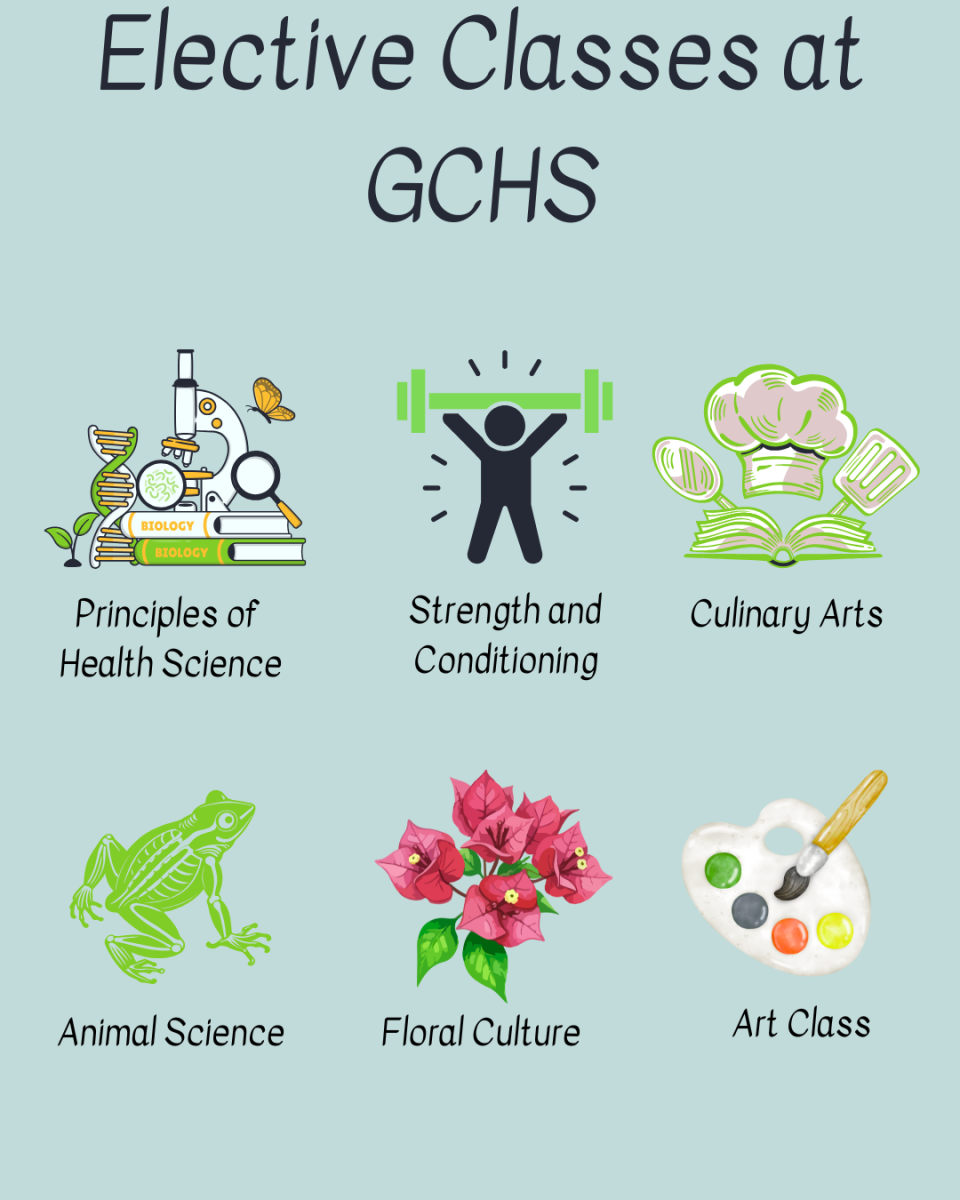


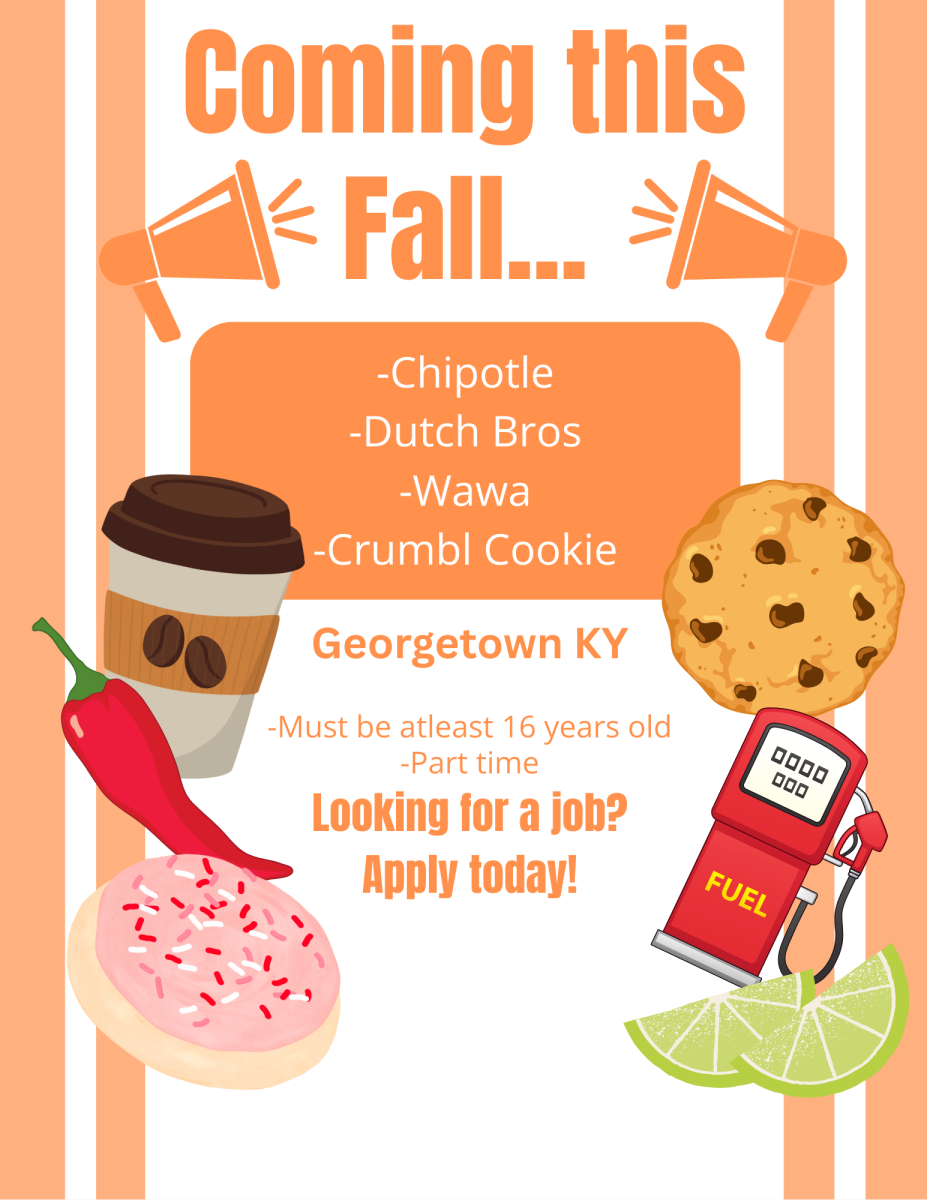
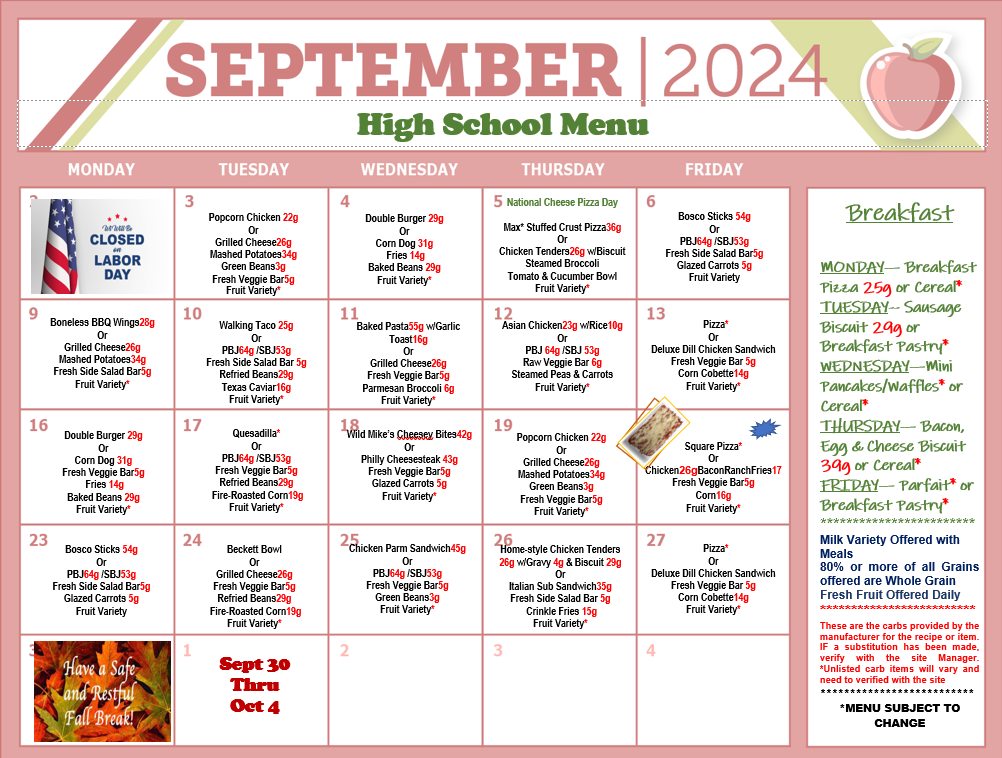

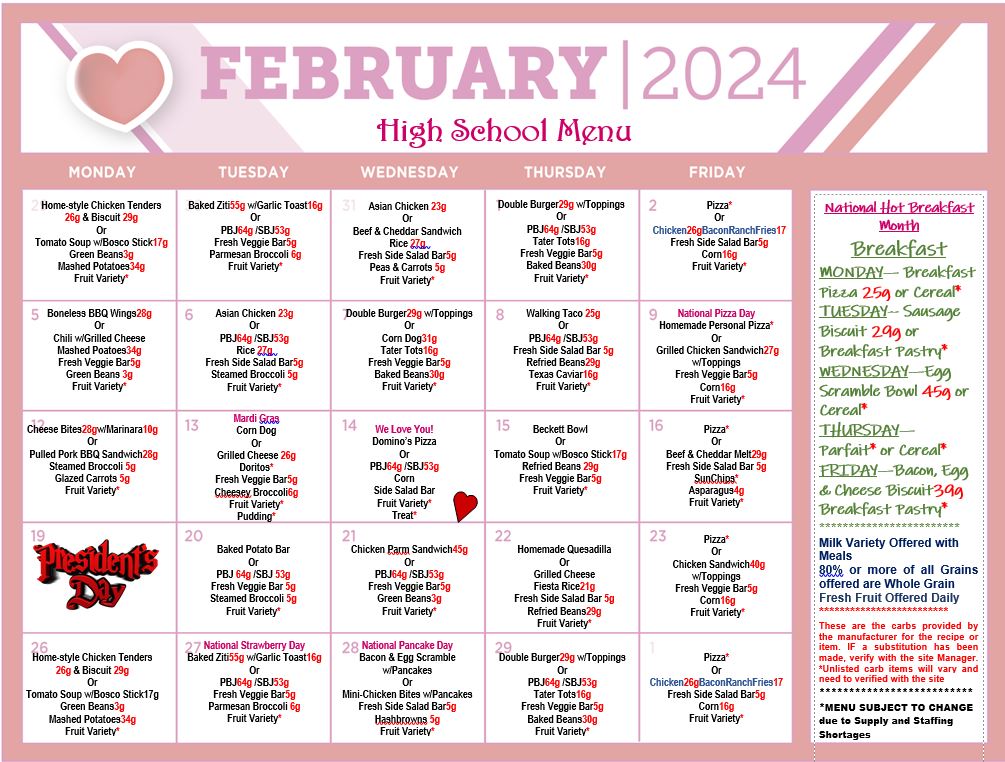




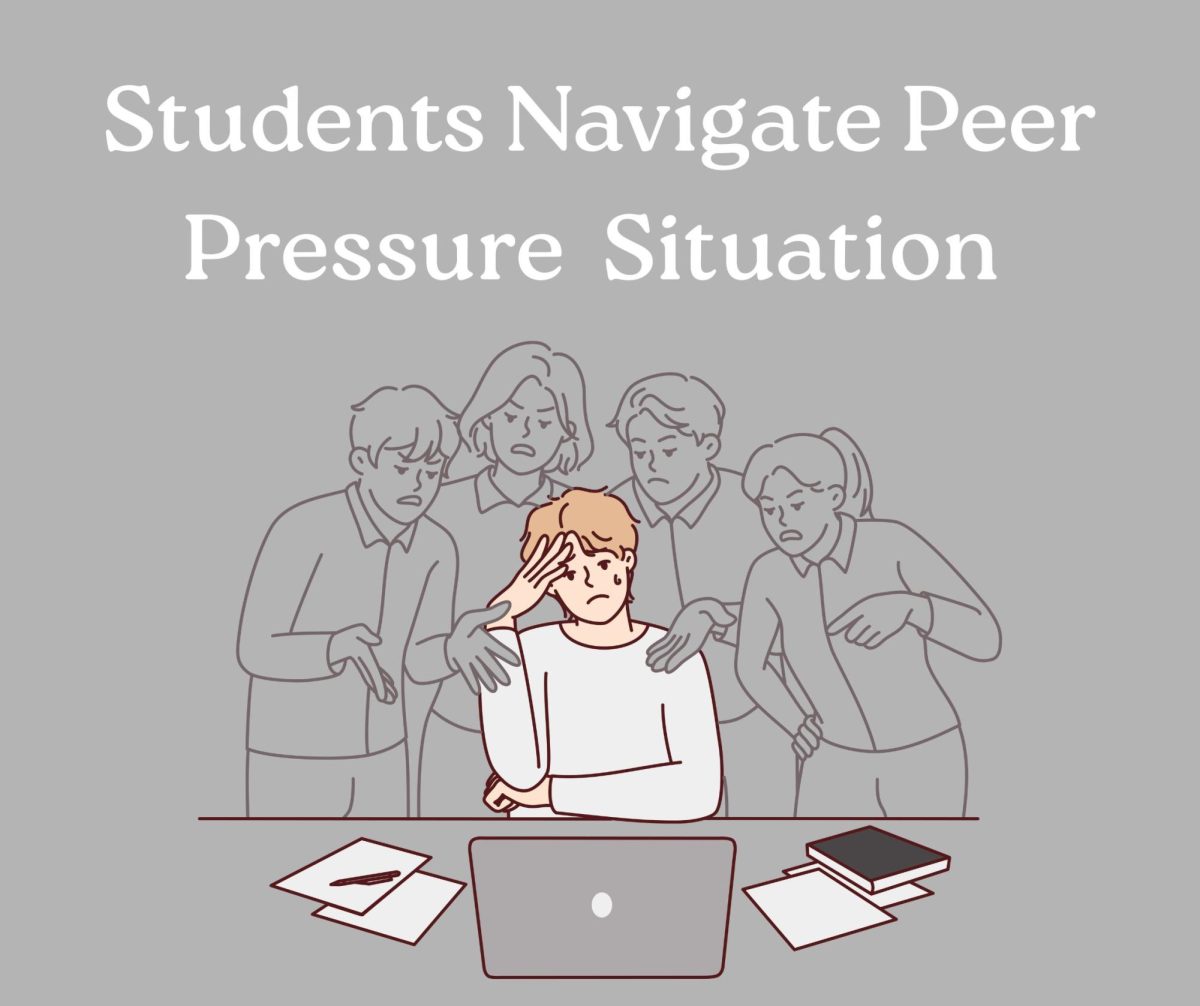

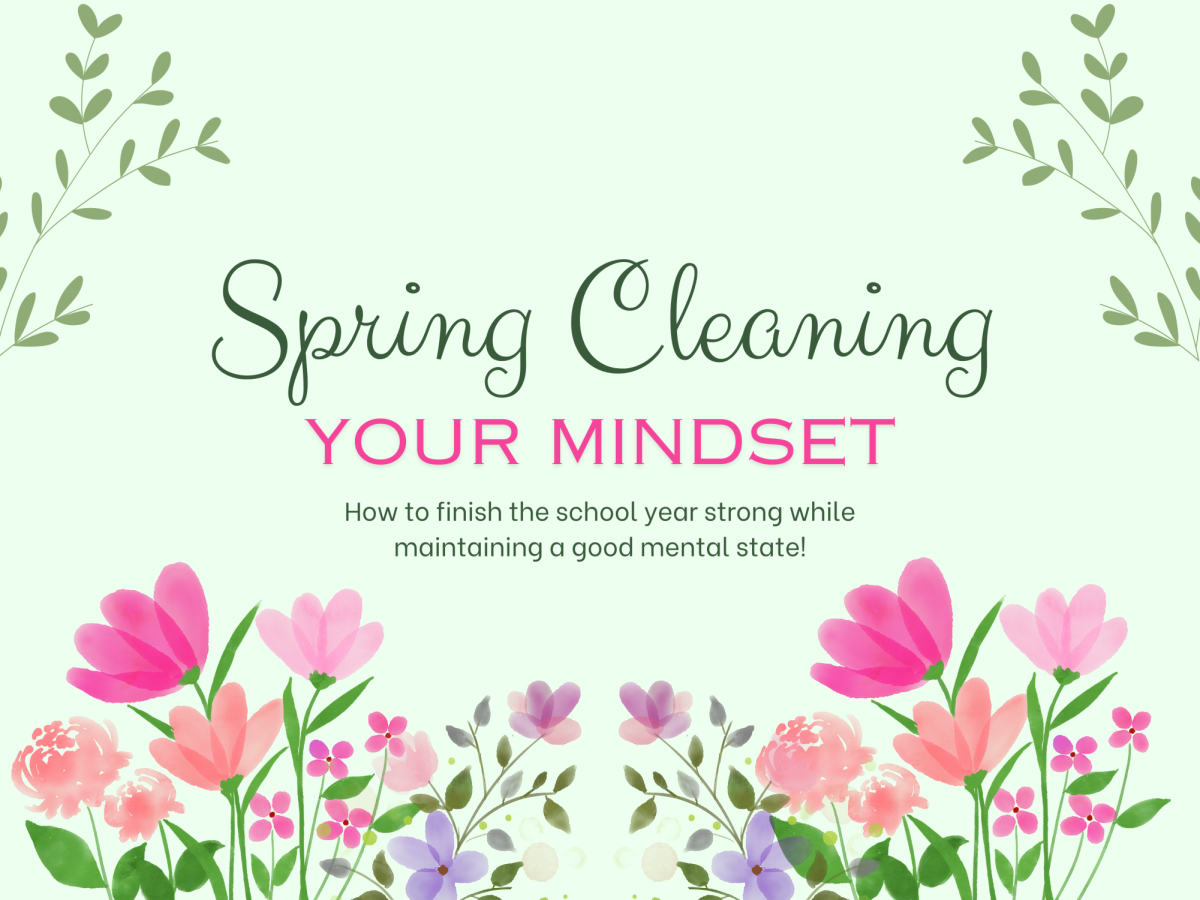

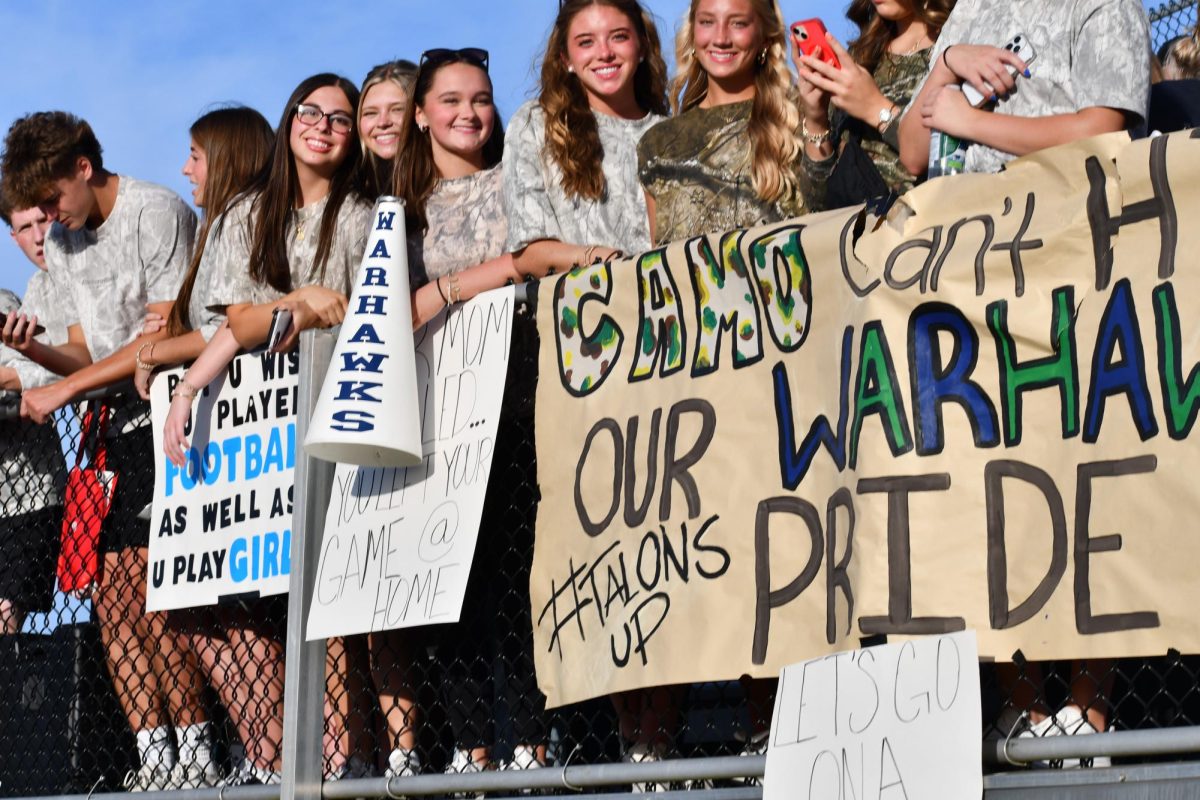
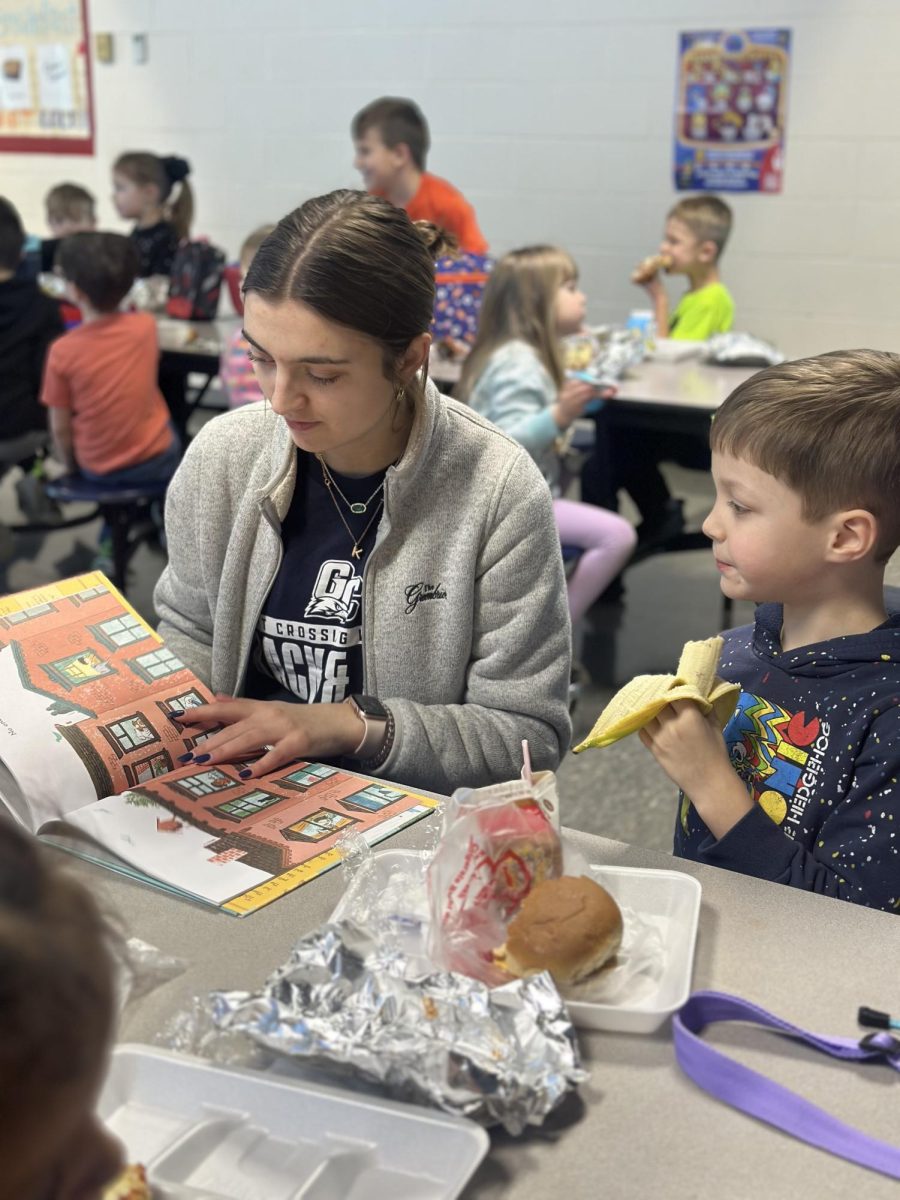
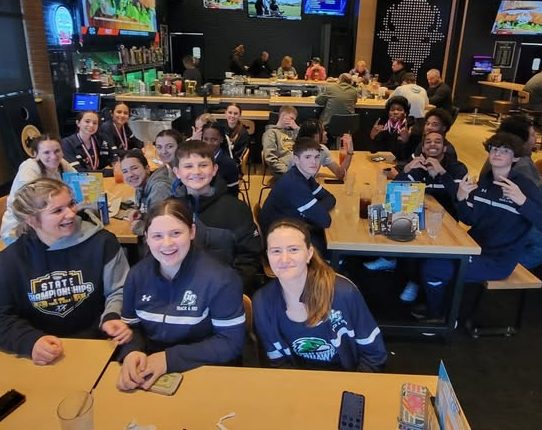


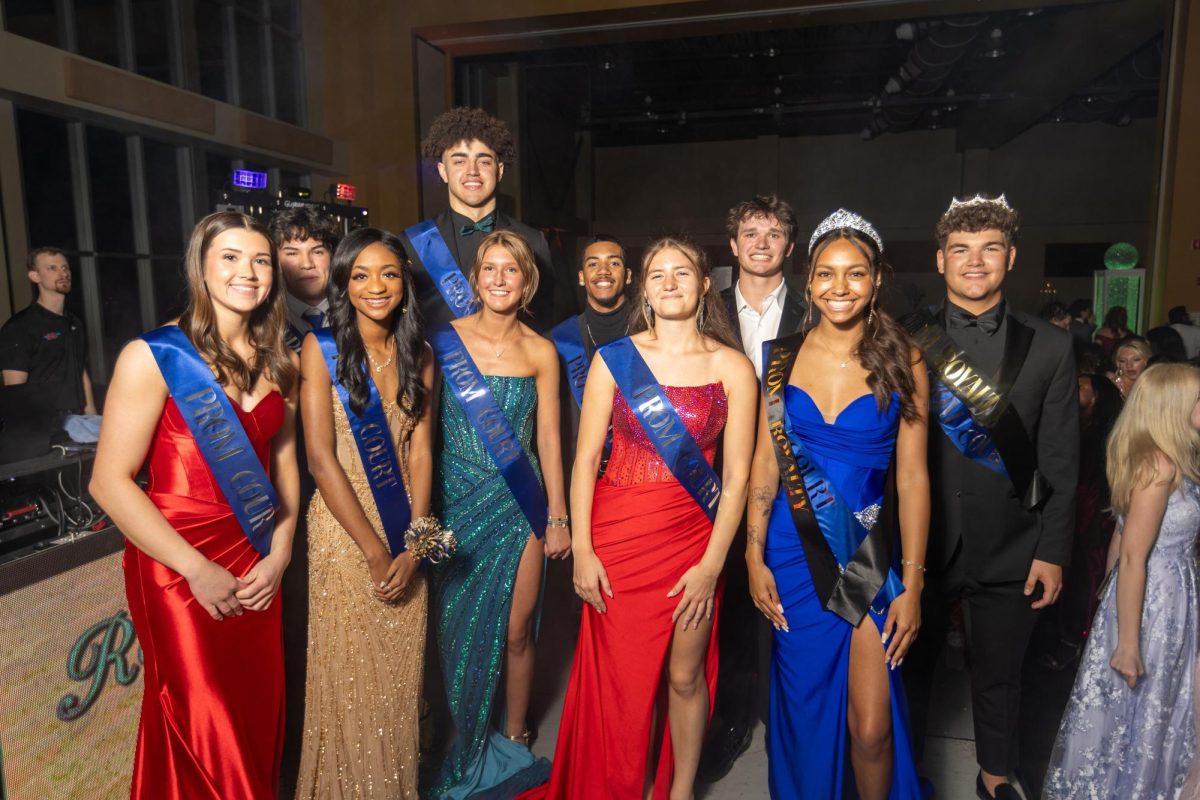


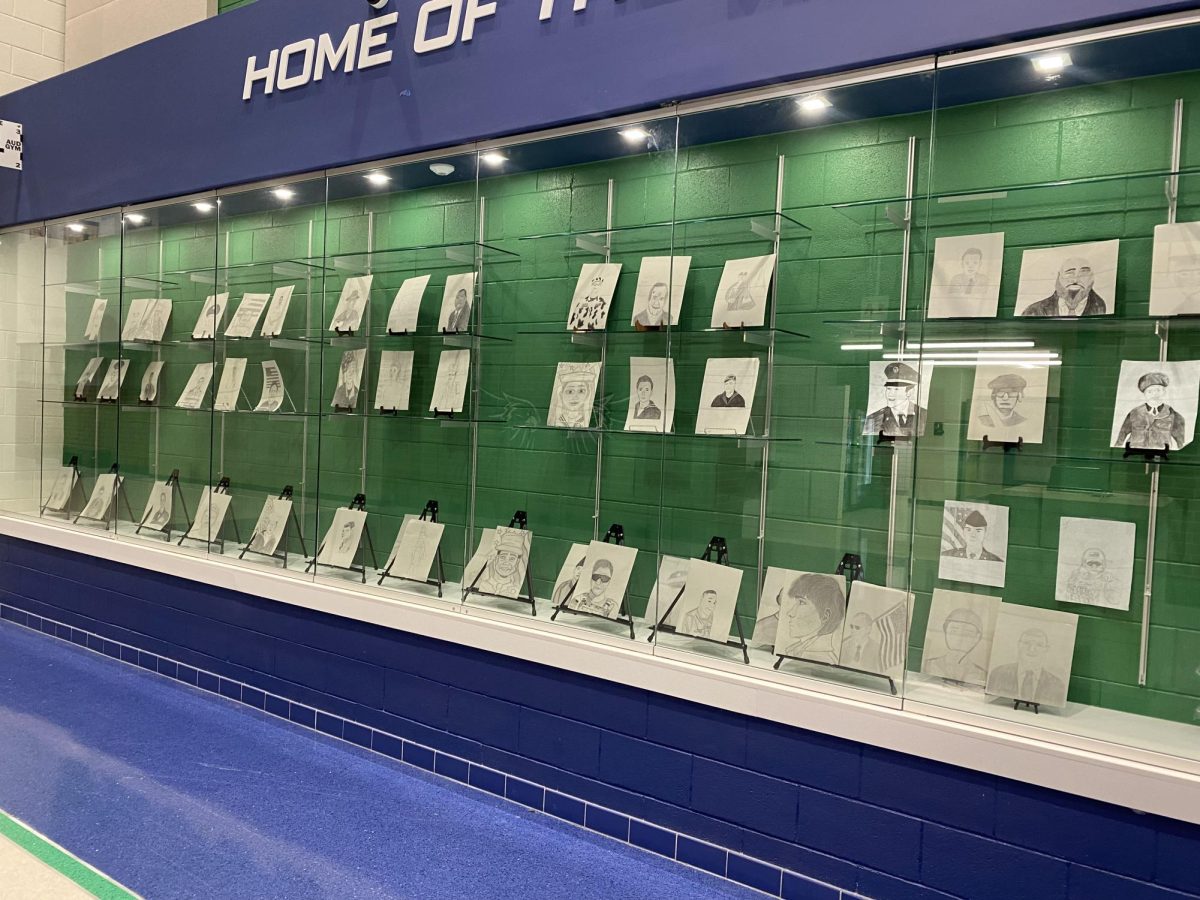


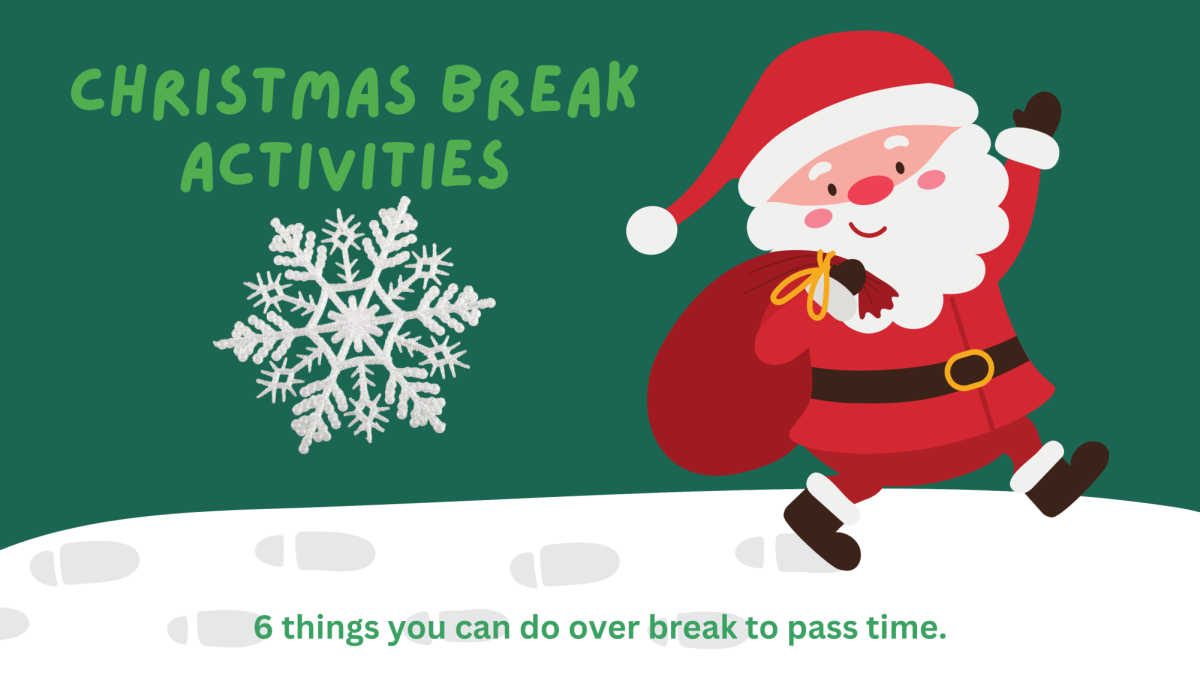


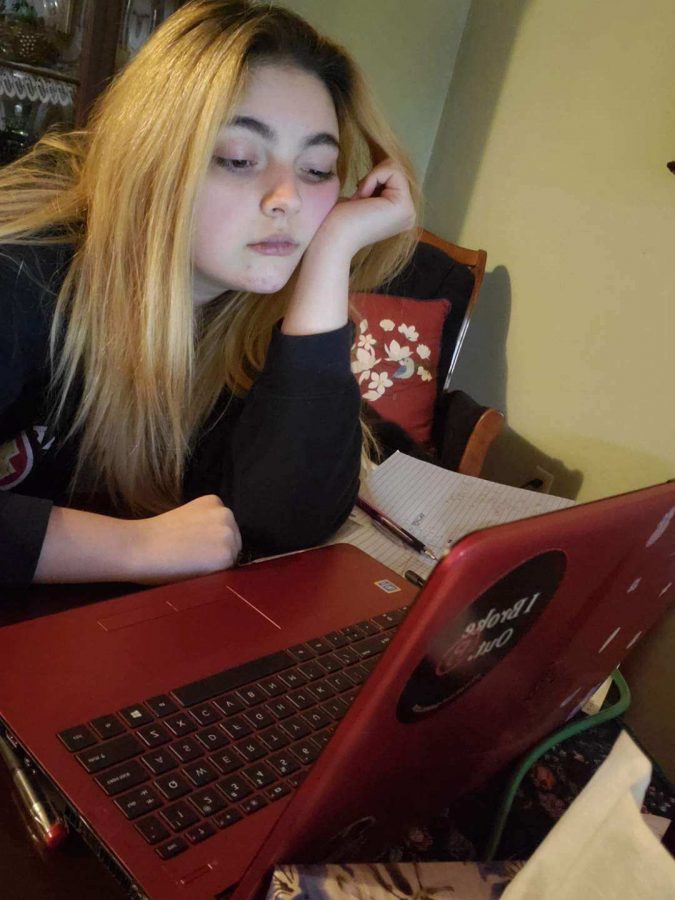






Cheri Risher • Apr 16, 2021 at 2:03 pm
Great article, Mikayla!! Proud of you!